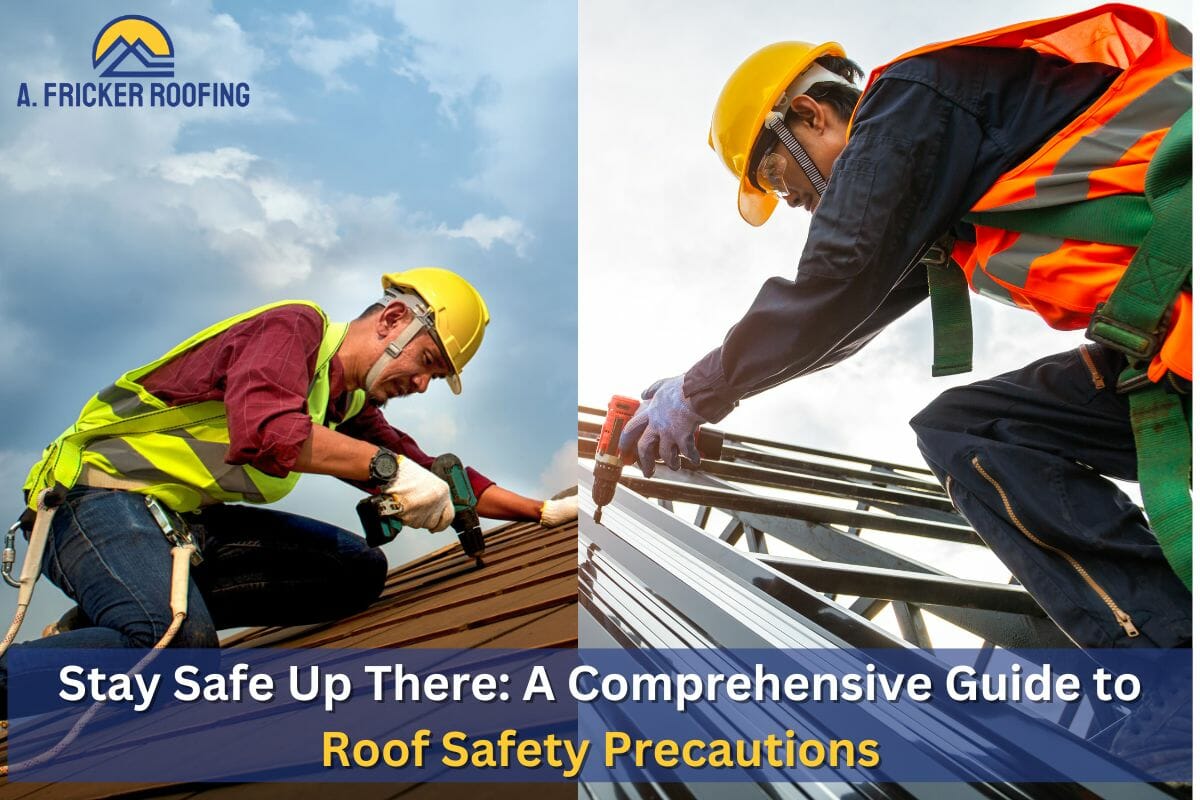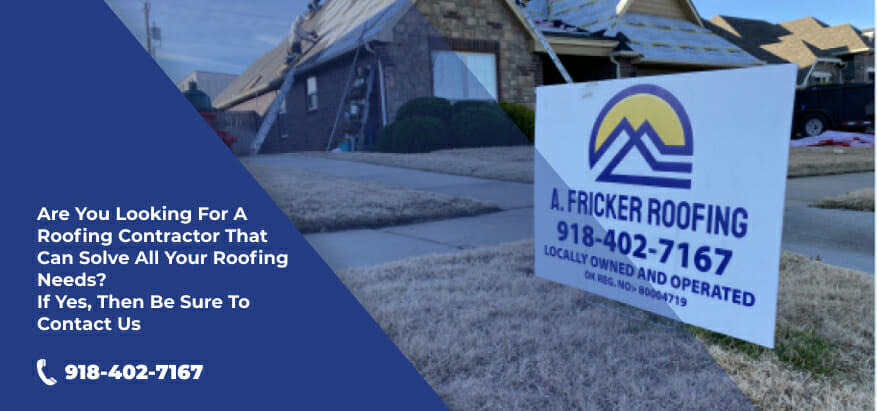Roof work can be challenging and dangerous if proper safety precautions are not taken. Whether you’re a professional roofer or a homeowner attempting to do some repairs, it is crucial to prioritize safety. This comprehensive guide will provide you with valuable information and tips to help you stay safe while working on roofs. Read on till the end to keep yourself safe.
What Poses A Risk When Working On Your Roof?
Before you start working on your roof, you need to know the factors that can pose severe risks to your health and overall well-being.
1. Falls
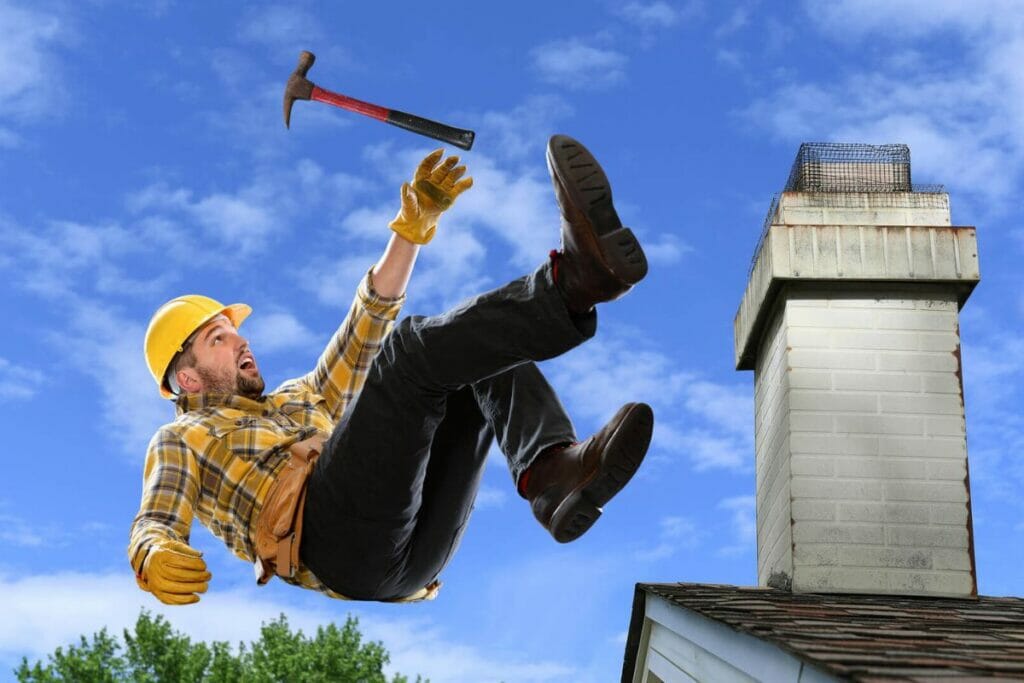
Falling from a roof is the most significant risk when working on a roof. Without proper safety measures, anyone can slip, trip, or lose balance, leading to severe injuries or even fatalities.
2. Weather Conditions
When working on a roof, you may be exposed to extreme temperatures, high winds, rain, or snow. You should always try to work in dry conditions, as even professional roofers will put off work till the weather is better.
3. Electrical Hazards
Roofs often have, or are near, electrical equipment such as power lines, HVAC units, or solar panels. Coming into contact with live wires can lead to electrical shocks.
4. Falling Objects
Tools, equipment, or materials left unsecured on the roof can become a hazard if they fall or are knocked over.
5. Ladder-Related Accidents
Improper ladder usage, unstable placement, or faulty equipment can lead to falls while ascending or descending from the roof.
Common Reported Accidents and Injuries
Roofing accidents can occur due to various reasons. Some common accidents include slipping and falling from the roof, stepping through fragile materials, or being hit by falling objects. Injuries can range from sprains and fractures to head trauma and spinal injuries. Understanding these risks underscores the importance of implementing safety measures.
The Importance of Roof Safety
As a reminder, we are telling you that working on a roof can be dangerous, especially if you are inexperienced. Roof work involves working at heights, which inherently carries a higher risk of accidents. If no safety precautions are taken during or before starting the process, falling from your roof can cause severe injuries or even fatalities. That’s why it is essential to prioritize safety and take necessary precautions before stepping onto a roof.
If your roof experiences a leak, check out our blog post: DIY Emergency Roof Leak Repair: What Can You Do Until The Pros Arrive?
Essential Safety Equipment for Roof Work
If you have to get on your roof, it is highly recommended to do the following.
1. Wear A Safety Harness and Utilize Fall Protection Systems

One of the most critical safety measures for roof work is wearing a safety harness and using fall protection systems. A safety harness, when properly worn and connected to a secure anchor point, prevents falls by keeping you attached to the roof.
2. Use Sturdy Ladder and Scaffolding
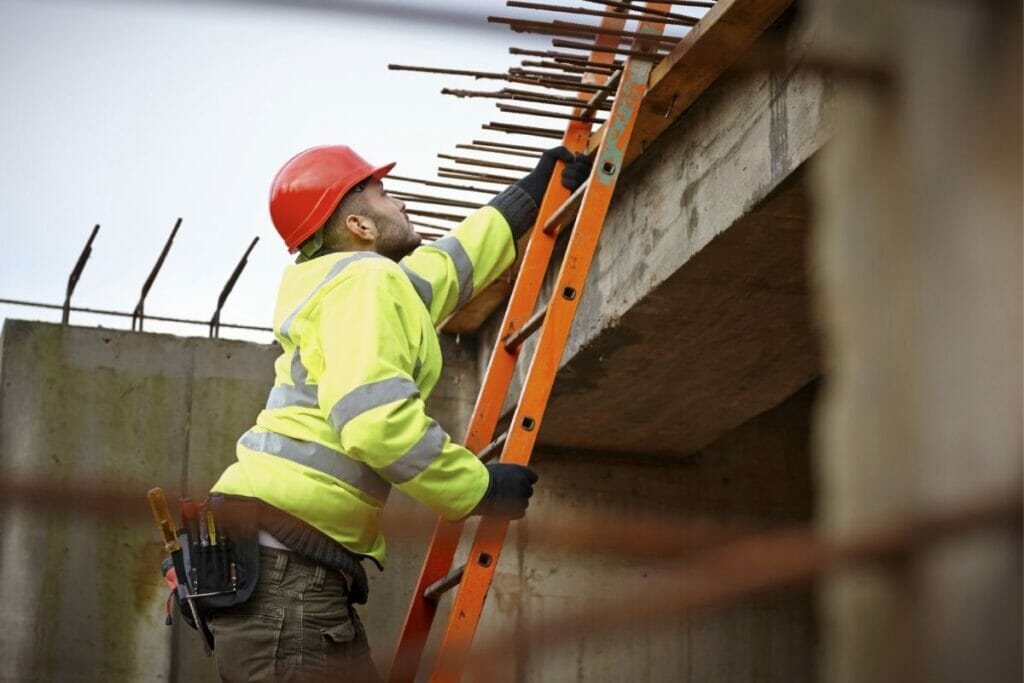
Having reliable ladders and scaffoldings is vital for safe access to the roof. Ensure that the ladder is stable, positioned correctly, and secured before climbing it. Scaffolding provides a stable platform for performing work on roofs. So, therefore, you should set them up according to the manufacturer’s instructions.
3. Wear Protective Gear for Personal Safety
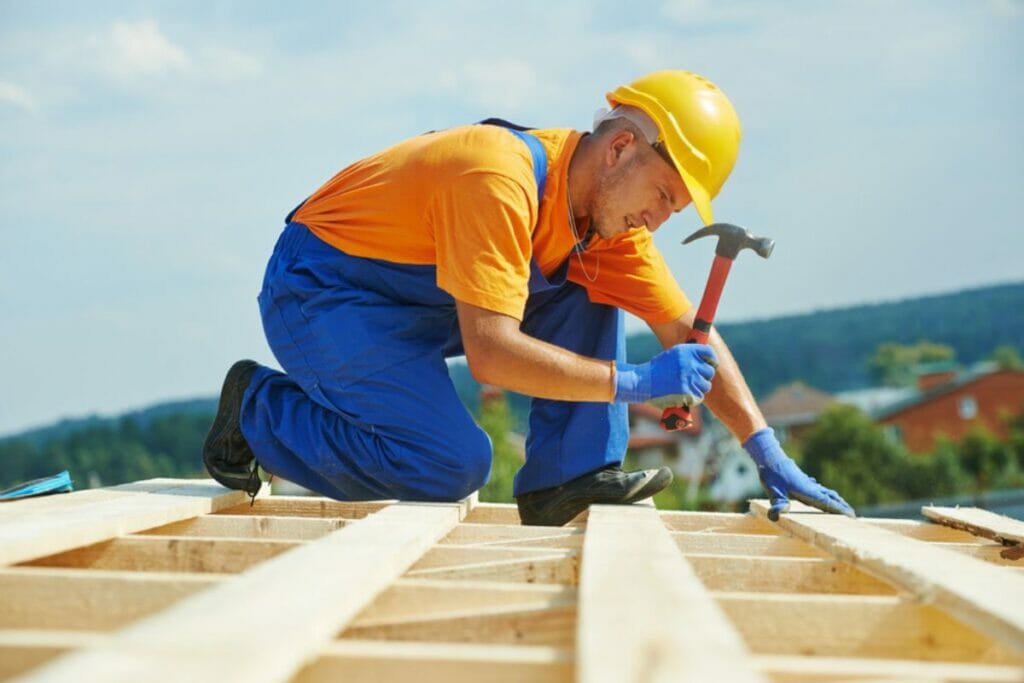
Wearing the appropriate safety gear for roof work can minimize the risk of injuries. This includes a hard hat to protect your head from falling objects, safety glasses to shield your eyes from debris, and non-slip shoes to maintain a strong grip on the roof’s surface.
4. Have A Buddy With You
Having a buddy or a coworker with you when working on a roof can provide several advantages and contribute to overall safety. Your buddy can help enhance safety with an extra pair of eyes and hands, providing prompt assistance when needed.
Prepare Your Roof Area for Work
Once you are equipped with all the safety tools, have positioned the ladder correctly, and have found someone to accompany you, you can move on to the next step: preparing your roof for work.
Work Only In The Suitable Weather Conditions
Before starting any roof work, it’s important to assess the weather conditions. Avoid working on a roof during inclement weather, such as strong winds, heavy rain, or icy conditions. These conditions can make the surface of the roof slippery and increase the risk of accidents.
Clear the Work Area
In addition to that, remember to ensure that the work area is clear of any debris or obstacles. No matter whether you are a homeowner or an expert roofer, remove tools, materials, and any other items before you start working.
Inspect the Roof for Stability
Before stepping onto the roof, inspect its condition to ensure it is stable and structurally sound. Look for any signs of damage, such as sagging, rot, or loose materials. If you notice any issues, it’s best to consult a professional before proceeding with the work.
Work Safely On The Roof
Maintain Three Points of Contact
Maintaining three points of contact with the roof’s surface at all times is a crucial safety practice. This means having both feet and one hand, or both hands and one foot in contact with the roof at all times. It helps to maintain stability and reduces the risk of slipping or falling.
Use Proper Ladder Safety Techniques
When ascending or descending from the roof using a ladder, follow proper ladder safety techniques. Ensure the ladder is positioned at the correct angle, and secure it at the top and bottom. If you have someone accompanying you, have them hold the ladder while you climb up and down.
Be Cautious Around Roof Openings
Roofs often have openings, such as skylights or vents, which can pose a significant risk if not approached with caution. Use barriers or covers to secure the openings when they are not in use.
Don’t Throw Objects From The Roof
Avoid throwing or dropping items from the roof, as they can cause injury and damage to people or property below. Use appropriate lifting techniques and, if necessary, have a spotter on the ground to assist with material handling.
Prepare Yourself For Any Emergency
If you are a roofer, you generally need to keep all these things in mind when working on a roof.
Create An Emergency Plan
When working on roofs, have an emergency plan in place. Communicate the plan with your team members or family members if you’re working alone. Ensure everyone knows how to respond in an emergency and is able to contact emergency personnel.
First Aid and Emergency Kits
Keep a well-stocked first aid kit easily accessible near the work area. The kit should include basic supplies such as bandages, antiseptics, and wound dressings. Additionally, have an emergency kit with essentials like a flashlight, extra batteries, a fire extinguisher, and a mobile phone for emergencies.
It Is Better To Call An Expert Roofer For Your Roofing Job In Tulsa, OK
Despite wanting to work independently regardless of the risks of working on your roof, it is always better to contact and hire a professional who is equipped with the necessary tools and skills to complete the job safely.
Call A. Fricker Roofing and Waterproofing if you notice any signs of damage, such as wear and tear, missing shingles, or ponding water. We are expert roofers who know all there is to know about roofs, including the proper safety measures to take when working on them. Call us today at (918)-402-7167 to inspect your roof, and handle any repairs or replacements you may need.
